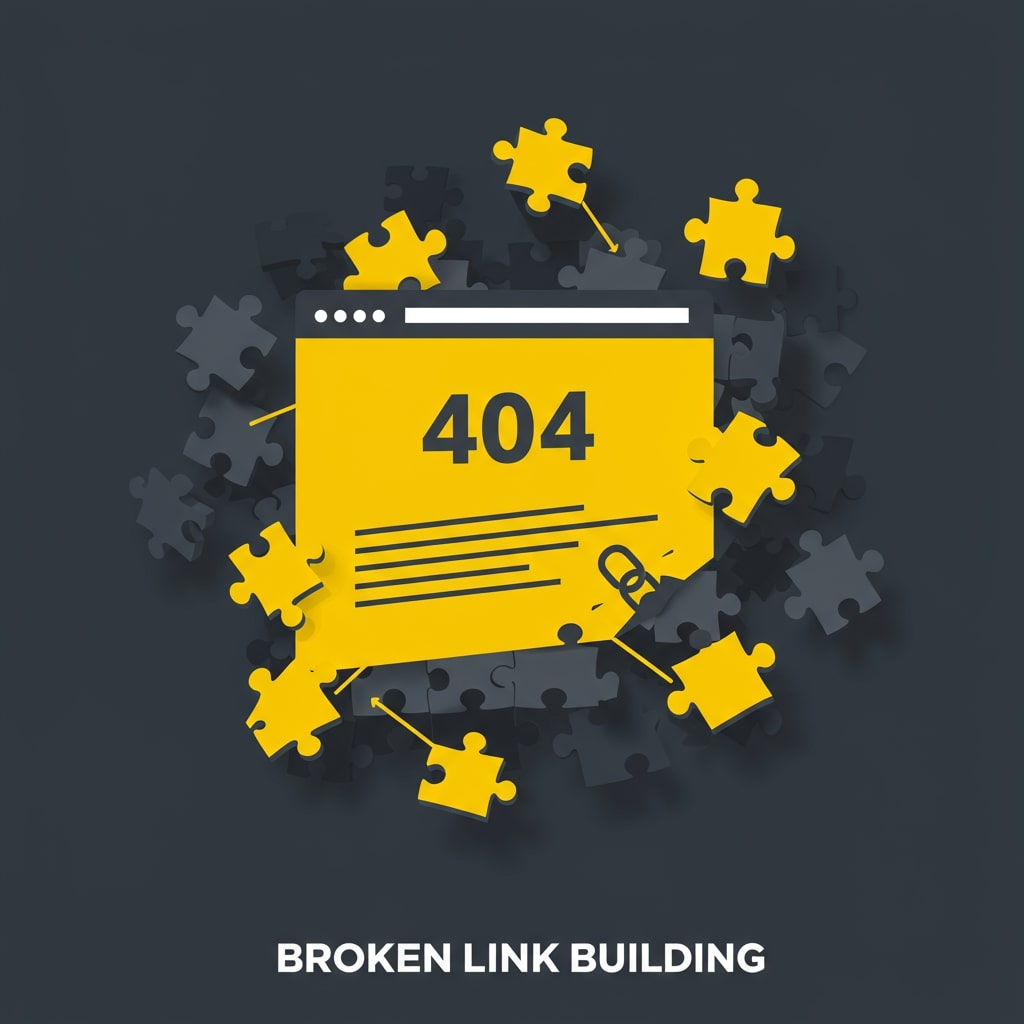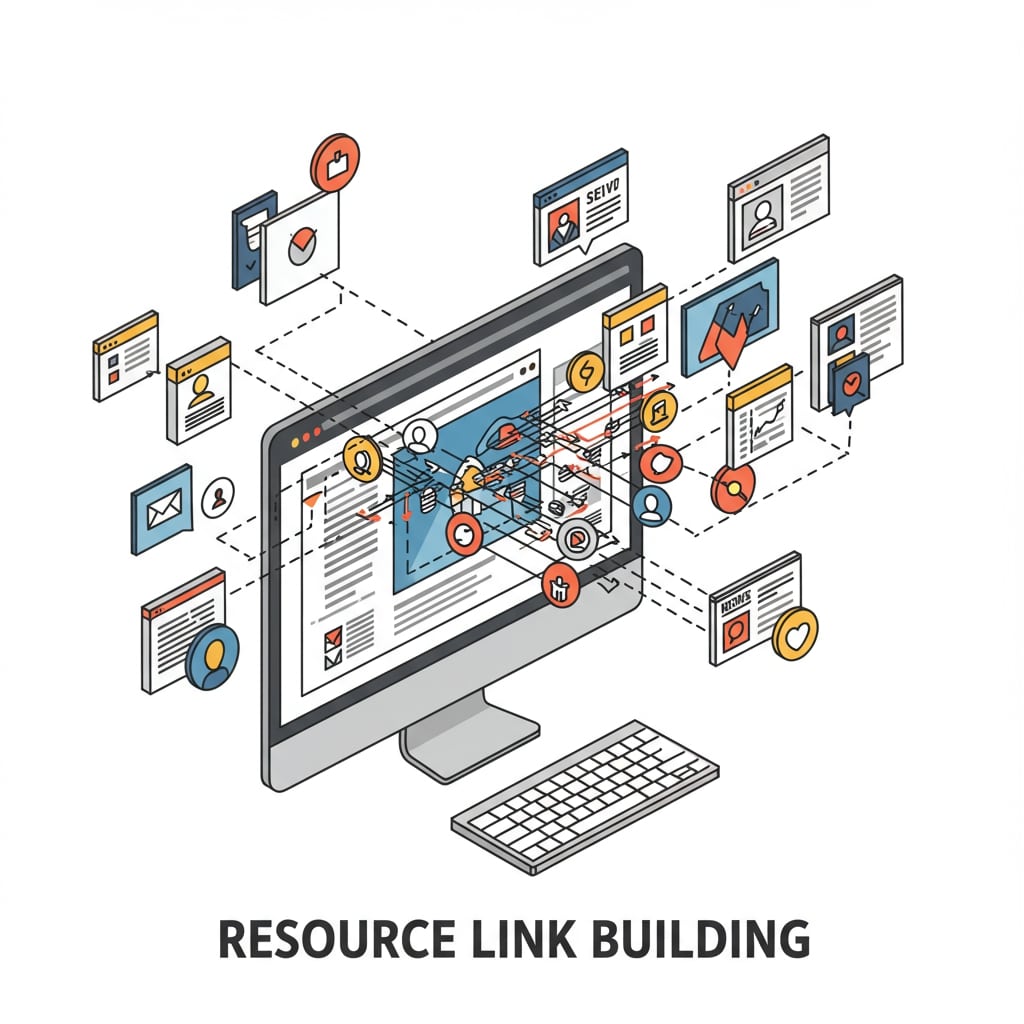
Link building has long been the cornerstone of SEO success, yet traditional methods are no longer enough to outpace fierce competition. In 2025, search engines place greater emphasis on link quality, topical relevance, and genuine relationships. This guide unveils ten advanced tactics designed to help you earn high-impact backlinks, from data-driven prospecting and broken link reclamation to digital PR, influencer collaborations, and strategic content formats.
Throughout this guide, you’ll learn how to prioritize link opportunities based on relevance and authority, craft personalized outreach that resonates with webmasters, and maintain a sustainable link velocity that aligns with best practices. You’ll also discover essential tools and metrics to track performance, measure ROI, and scale your efforts efficiently. Whether you’re an SEO veteran or a marketing manager seeking next-level strategies, these tactics will empower you to build a robust backlink profile and drive measurable organic growth.
1. Data-Driven Prospecting
The first step in any advanced link-building campaign is identifying high-value prospects systematically. Instead of generic outreach, leverage tools like Ahrefs, SEMrush, or Moz to analyze competitors’ backlink profiles and uncover pages linking to similar content. Filter prospects by domain authority, traffic estimates, and topical relevance to ensure alignment with your niche and SEO objectives.
Next, enrich your prospect list with accurate contact details using Hunter.io or Clearbit. Organize your outreach using segments—by industry, content format, or geography—to tailor your messaging. This data-driven approach ensures you focus on prospects most likely to deliver valuable backlinks, boosting your campaign’s efficiency and success rate.
Key prospect criteria include:
- Domain rating > 30
- Monthly organic traffic > 5,000 visits
- Content relevance to your niche
- Active site updates within the last 12 months
- Clear contact information for outreach
2. Broken Link Building

Broken link building remains a low-competition, high-reward tactic. Identify relevant resource pages or authoritative blog posts in your niche, then use Check My Links or Screaming Frog to find 404 errors. Compile a list of broken URLs on pages where your content could serve as a quality replacement.
When reaching out, craft a concise email highlighting the broken link and proposing your content as an updated resource. Emphasize how your guide or article enhances user experience and adds unique value. By helping webmasters fix dead links, you position yourself as a helpful authority and secure backlinks more easily than through cold pitches.
3. The Skyscraper Technique
Popularized by Brian Dean, the skyscraper technique involves finding top-performing content in your niche and creating a superior version. Use BuzzSumo, Ahrefs, or Google search operators to identify articles with strong backlink profiles and high engagement.
Develop an enhanced piece by updating statistics, adding richer visuals like infographics or videos, and improving readability with clear headings and summaries. Once published, reach out to sites linking to the original content and present your upgraded resource. Many webmasters will appreciate the opportunity to link to a more comprehensive guide.
After securing new links, monitor referral traffic and ranking improvements over the first 90 days. Adjust your outreach messaging and content based on performance feedback to maximize ROI.
4. Resource Page Link Building

Resource pages and curated link lists can be gold mines for SEO if approached strategically. Use search queries like “inurl: resources + your keyword” or “intitle: useful links + industry term” to find relevant pages. Evaluate each prospect’s authority and update frequency to ensure the best return on investment.
In your outreach, reference the specific resource page and explain why your content adds value. Include a brief summary and link to your resource, demonstrating how it complements the existing list. Personalization and relevancy are key to landing placements on high-quality resource pages, driving both referral traffic and SEO authority.
5. Guest Posting with a Twist
Guest posting remains effective, but to stand out, innovate your approach. Instead of standard articles, pitch data-driven studies, original research, or co-authored posts with industry influencers. This not only enhances credibility but also encourages contributors to share the content, amplifying reach and backlink potential.
Implement a content cluster strategy: publish a primary guest post on a high-authority site, then create supplementary articles on niche blogs linking back to the main post. This structured internal linking reinforces the authority of your flagship piece and attracts more natural backlinks over time.
6. Digital PR and Brand Mentions
Digital PR focuses on earning authoritative mentions rather than straightforward link exchanges. Track brand mentions with tools like Mention or Google Alerts. When you discover unlinked references, reach out and request the addition of a link to your site.
Proactively pitch newsworthy stories, expert commentary, or original research to journalists via HARO (Help a Reporter Out) or PR distribution platforms. By positioning yourself as a reliable source, you can secure high-authority links from news outlets, blogs, and industry publications, significantly boosting your SEO profile.
7. Influencer Collaboration
Partnering with influencers can yield powerful backlinks and social proof. Identify thought leaders and micro-influencers in your niche who maintain active blogs or personal websites. Propose collaborations such as expert roundups, interviews, or joint webinars that highlight both your expertise and theirs.
These collaborative pieces often attract links from participants’ networks, event recaps, and third-party publications. Influencers are also more inclined to share content they helped create, generating referral traffic and natural backlinks. Ensure mutual benefit by cross-promoting the content across social and email channels.
8. Content Formats for Link Magnetism
Certain content types naturally attract backlinks. Original research and data studies offer unique insights that publications love to reference. Interactive tools, calculators, and templates provide practical value, encouraging others to link back as a resource.
High-performing link-worthy formats:
- Original data studies & surveys
- Interactive calculators & tools
- Comprehensive infographics
- Downloadable templates & checklists
- Podcasts with accompanying show notes
9. Community Engagement and Thought Leadership
Engaging with online communities and forums can yield contextual backlinks and boost authority. Platforms like Reddit, Quora, and industry-specific forums allow you to share expertise and link to in-depth resources when relevant. Always prioritize providing genuine value over dropping links.
Hosting webinars, participating in podcasts, or speaking at virtual conferences positions you as a thought leader. Event recaps and promotional posts often include backlinks, further enhancing your link profile. Consistent community participation fosters relationships that lead to organic link opportunities.
10. Measuring, Scaling, and Automating Your Efforts
Effective link building requires ongoing measurement and optimization. Use UTM parameters to track referral traffic and assess impact on conversions and engagement. Monitor your backlink profile with tools like Ahrefs or Majestic, paying attention to link velocity and anchor text distribution.
To scale efficiently, implement standardized outreach templates and workflows within a CRM or project management tool. Automate follow-up sequences based on response triggers while maintaining personalization tokens to avoid sounding robotic. Regularly review and refine your strategy based on data-driven insights.
Top tools to automate and scale:
- Pitchbox for outreach management
- BuzzStream for relationship tracking
- Mailshake for email sequencing
- Zapier for workflow integration
- Google Data Studio for reporting dashboards
Conclusion: Elevating Your Link Building in 2025
As search engines become more sophisticated, quality backlinks remain a critical ranking signal. By adopting these ten advanced tactics—from data-driven prospecting and broken link reclamation to digital PR, influencer collaborations, and automation—you’ll build a resilient link portfolio that drives lasting SEO growth. Focus on authoritative, relevant sources and nurture genuine relationships to achieve sustainable results.
Begin by testing one or two tactics that align with your resources and audience, then expand incrementally as you refine your processes. Track your outcomes, celebrate small wins, and iterate based on real performance data. With consistent innovation and strategic execution, you’ll not only boost your rankings but also position your brand as a trusted industry leader. It’s time to elevate your link-building game—start implementing these tactics today and watch your organic traffic soar.
For those looking to scale their SEO efforts, exploring Advanced Link Building Strategies can unlock new opportunities for acquiring high-quality, sustainable backlinks.









Leave a Reply